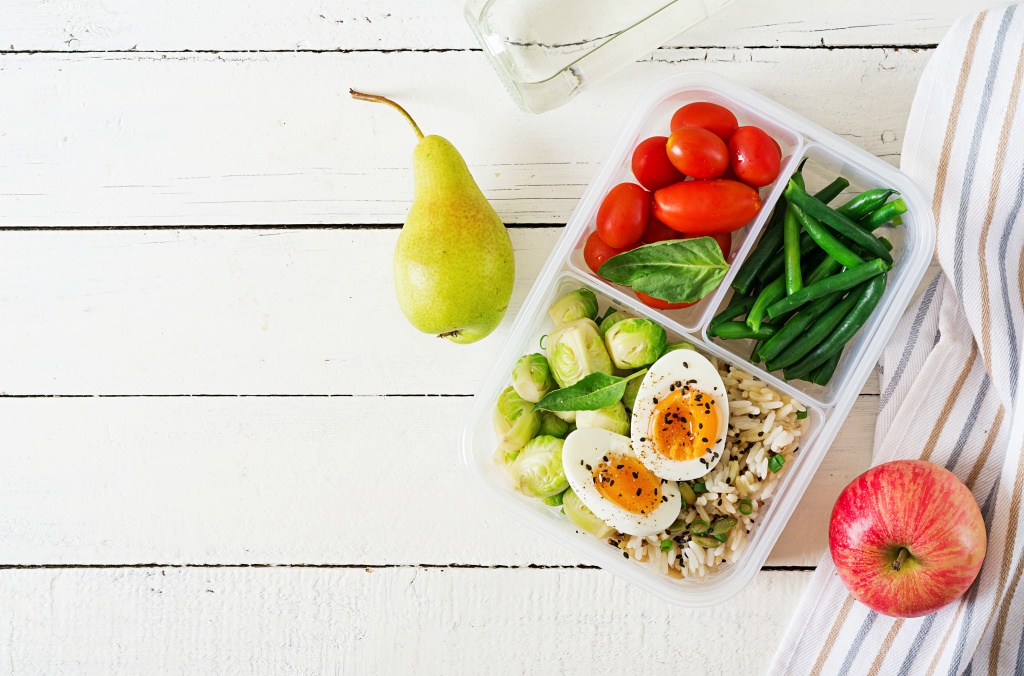
The phrases like ‘control your portions size’ or ‘try to eat in moderation’ are one of the first things care providers utter when we seek advice to achieve a certain weight or health goal. This is because the evidence is quite clear, that consuming large portions of foods and beverages is found, in multiple studies, to lead to a significant increase in overall energy or calorie intake. One way to ensure you don’t feel like you are denying yourself of the foods that makes you happy is to enjoy them in moderation.
And for most part, moderation is achieved through portion size management.
Although, being mindful of our portion sizes is of a major, seemingly simple, step to take towards reaching our weight and health goal, reality disagrees. It is not as straightforward as it sounds, otherwise so many of us wouldn’t be struggling to manage our weight. The truth is, it requires a lot of learning, and unlearning, before we get it right. In this article, I will go through some of the evidence-based strategies to help you manage your portion size.
Why is portion size important?
Portion sizes are important because they are, by far, the most significant indicators of our overall energy intake. Energy Intake is the amount of energy produced through the food/beverages we consume, it is basically another term for kilocalories (Kcal).
Energy is essential to sustain life, it is used to fuel the bodily functions we often don’t think about (such as breathing, digestion and organ functions) as well as performing our daily activities and doing more strenuous exercises.
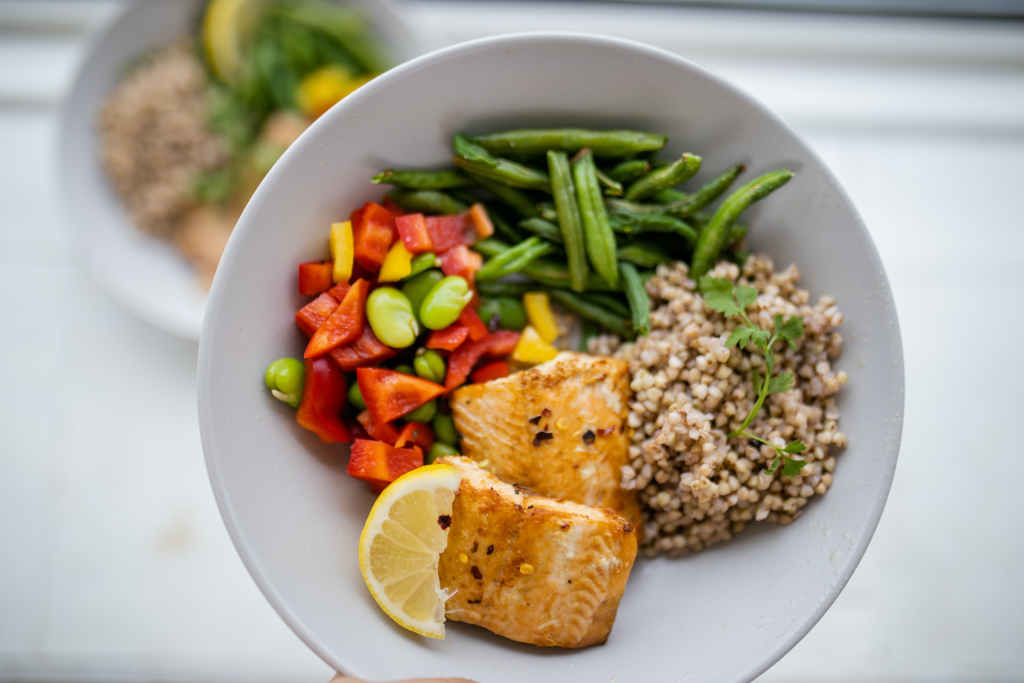
It is (energy) balancing act
Often, when we say portion management (especially when bodyweight is concerned), we are talking about achieving energy balance.
Energy balance is the balance between the calories we take in (through the foods/drinks we consume) and the calories we take out (through basic bodily functions and physical activity). In order to remain at the same weight (maintenance), the amount of calories we consume and the amount of calories we burn need to match. Weight gain occurs when you consume more calories than you burn over sustained amount of time (positive energy balance). By contrast, weight loss occurs when you consume less calories than you burn over time (negative energy balance).
Let’s say, to maintain a healthy weight, your total mean daily energy intake is 2000 Kcal. If you are sedentary (less active) and consume 500 Kcal more than the daily recommended amount, you will have consumed 3,500 more calories over a course of a week. This is equivalent to 1 pound (0.5 kg). The extra 3,500 calories consumed above maintenance put you on a calorie surplus, leading to a weight gain of 1 pound in that week.
This is why portion sizes are critical, and here are some strategies to help you manage your portions.
1. Minimise intake of highly processed foods
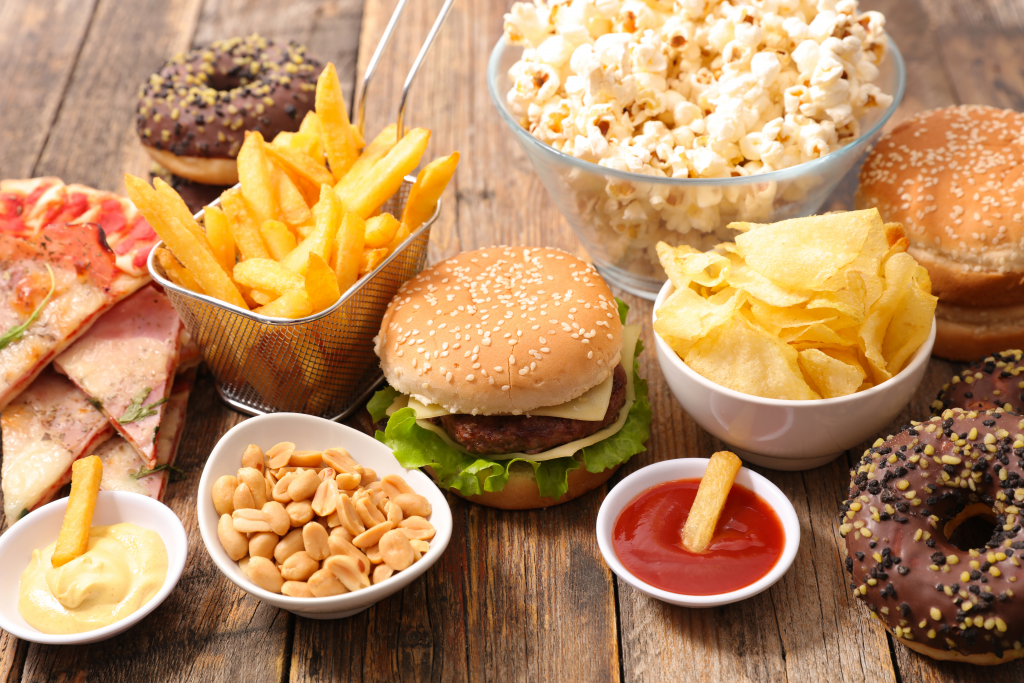
Ultra or highly-processed foods are industrially formulated foods that contain many added ingredients such as salt, sugar, and fat, as well as artificial colors and preservatives. Ultra-processed foods are also high-energy dense foods, meaning they are often high in calories due to the added sugar and fat. Examples include, ready meals like frozen pizza, bakeries like muffin and cakes, fast food like burgers and chips and so forth.
What does this have to do with portion management? Ultra-processed foods are also, by design, highly palatable (they are tasty), and much like drugs, tend to activate the reward center in the brain by triggering the release of dopamine and serotonin (happy hormones?). These type of foods also disrupt normal appetite regulation and satiety cues, making it highly likely to eat more of it even though you are (metabolically) full.
Limiting the amount of ultra-processed foods will therefore go a long way in reducing your likelihood of eating food past fullness. By doing so, not only you will consume a) fewer calories in general but also b) are less likely to overeat them.
2. Increase intake of low energy-dense foods
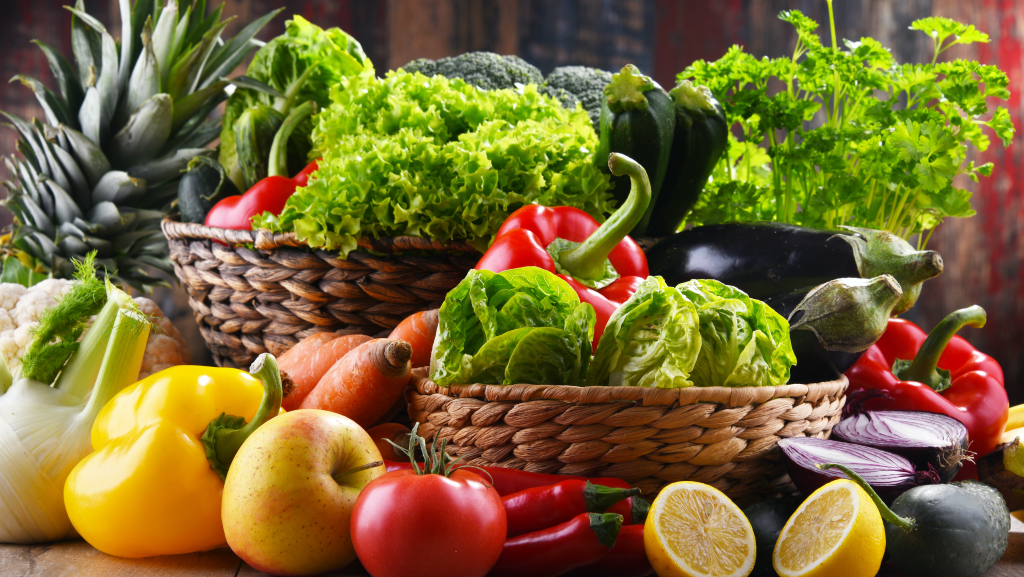
Low energy-dense foods are variety of food groups that provide fewer kilocalories per gram. Typically, foods with naturally high content of water and fiber, such as vegetables and fruits, tend to be less energy dense than those which contain high amount of fat and sugar. Dedicating the larger portion of your meal for low energy-dense foods will help you minimize the proportion of high energy dense foods that make up your plate.
This serves at least three purposes. One, since they are much lower in calories, it will allow you to reduce your overall energy (calorie) intake per meal while keeping the volume of food you consume high. Two, low energy dense foods will help you maintain feelings of satiety (fullness) and stay within your allocated portion. Three, low energy dense in your plate means you are also increasing the uptake of fiber and micronutrients, both of which are important for optimal nutrition and health.
3. Make use of measuring tools
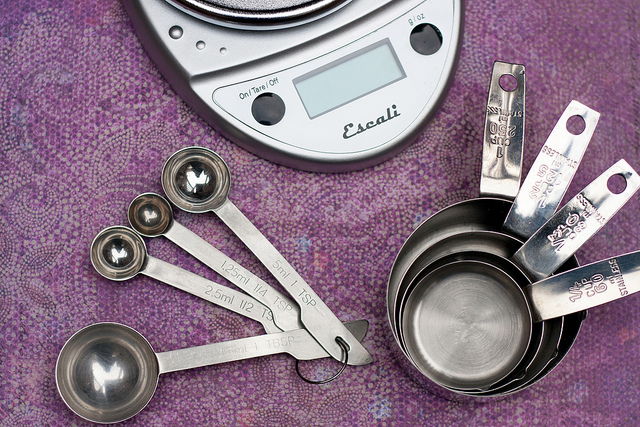
We tend to underestimate the amount of food we consume on a given meal and throughout the day. One of the challenges faced by people looking to manage their food intake is the difficulty in estimating their portion sizes. That is why making use of measuring tools when you cook and serve, is a great way to reliably gauge the quantities of food and what they look like on your plate. You will also learn common serving sizes which can aid in reading food labels when you buy packaged foods.
Using measuring cups for cooked rice, pasta, and other grains will give you an idea of how many servings you intend to consume. For example, half a cup of rice is 1 serving, which is roughly equal to 103 calories. Food sources that are visually small yet very calorie dense often get neglected in our overall estimation of calorie intake. Measuring spoons are key to keep your use of energy-dense fats like oil, butter, and dressings in check. For example 1 tablespoon of butter is around 102 calories.
Food scales are also useful to determine and identify the grams and related calories of a specific food. Although less accurate, you could also using the palm of your hands, thumb, and so forth, to portion out foods going on your plate.
This of course doesn’t mean you should make measuring out food a routine part of your eating pattern, this may in fact lead to the development of unhealthy relationship with food. What implied here is, knowing how many calories a given food or ingredient contains is a skill that would serve you well in your approach to eating. Once you have a general understanding of how much energy you are consuming, through the aid of these measuring tools, eyeballing your plate will be a lot easier going forward.
4. Practice mindful eating
Simply put, mindful eating is bringing attention and intention into the act of eating, whether as a response to your hunger, cravings, or satiety level. Being mindful, allow us to be aware, without judgment, of what, why, and how, we eat, which goes a long way in determining and managing our portions.
So, how can you be mindful?
When it comes to portion control, the two powerful ways in which you can practice mindful eating is by eating at a slower rate and avoiding distraction while you are eating.
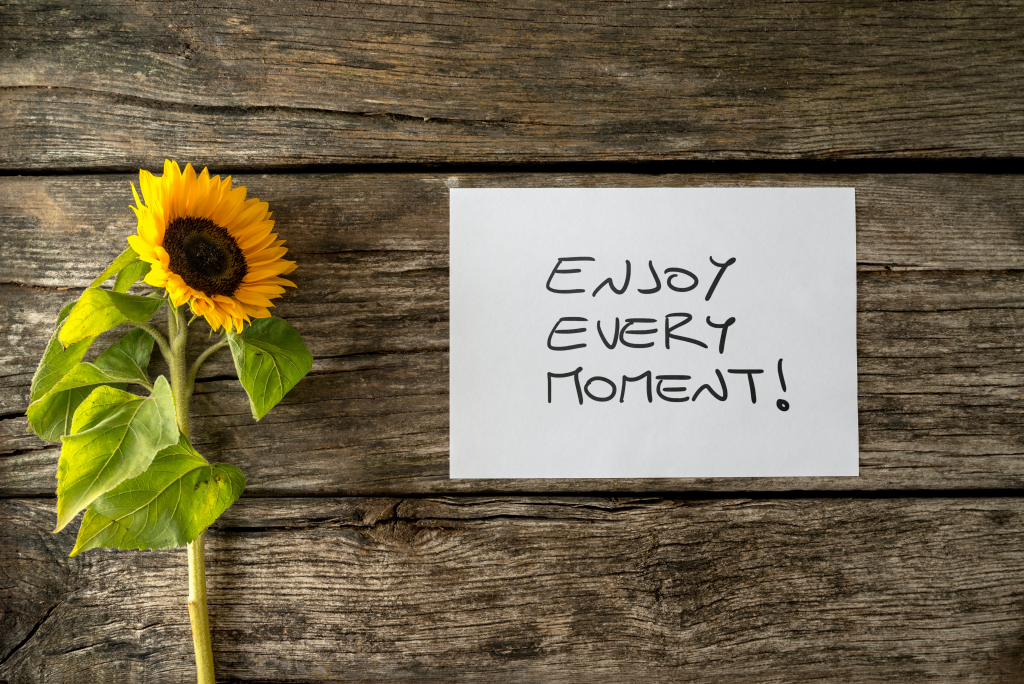
Eating slowly has a profound effect on not only the way we experience the food in front of us but also how much of it we are eating. Evidence suggest that it can take 20 minutes or longer for our brain to register the message that we are, in fact, full. Eating in a hurry doesn’t allow enough time for this stomach/brain communication to fully develop, and you might have, unintentionally, overate by the time it happens.
When you sit down for a meal, try pacing yourself to manage the amount you consume at a given meal; if still hungry, help yourself to more as you now have the awareness that your body needs further nourishment.
Minimizing distraction while eating is another way to practice mindful eating and manage your portion at any given meal. Among other things, eating while simultaneously watching TV or going through our smartphones takes away our ability to be present with our food. This results in our likelihood to overeat because a) we’re not paying attention to the amount we are consuming and b) we are not satisfied because we don’t have the memory of it. In both cases we may end up consuming more than intended.
Allowing yourself a screen-time free meal will help you become more attentive to the food in front of you, immerse in the experience of having that piece of cake, and be wary of your portions.
The Takeaway
Our relationship with food is complex and not always do we eat because we are hungry, or stop eating because we are full. That is perfectly normal, and part of the reason why telling someone to simply ‘eat less’ is a weak approach. Keeping abreast of our portions require both nutritional knowledge and psychological readiness to work. A concrete strategy, like the ones listed above, as well as being intentional with our eating patterns is therefore significant.

Hanna Haile is a Registered Associate Nutritionist with specialty in global public health nutrition and health promotion. Hanna is the Founder of Heritage Nutrition and provides culturally-inclusive guidance to people from diverse backgrounds. Her work revolves around helping clients realise their nutritional and health goals through a set of evidence-based dietary and lifestyle strategies. Hanna is also a health & Nutrition writer and Published Author in Journal of World Public Health Nutrition.
Disclaimer: This article is not, nor does it try to be, a substitute to the advice of your medical care. You should follow the treatment and recommendations of your doctor and specific dietician at all times. Please check out our full disclaimer on our website here